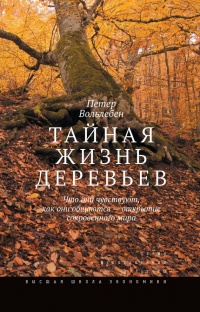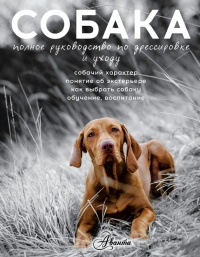Книга На языке животных. Как они общаются друг с другом и как нам научиться понимать их - Карстен Бренсинг
На нашем литературном портале можно бесплатно читать книгу На языке животных. Как они общаются друг с другом и как нам научиться понимать их - Карстен Бренсинг полная версия. Жанр: Разная литература / Домашняя. Онлайн библиотека дает возможность прочитать весь текст произведения на мобильном телефоне или десктопе даже без регистрации и СМС подтверждения на нашем сайте онлайн книг knizki.com.
Шрифт:
-
+
Интервал:
-
+
Закладка:
Сделать
Перейти на страницу:
Перейти на страницу:
Внимание!
Сайт сохраняет куки вашего браузера. Вы сможете в любой момент сделать закладку и продолжить прочтение книги «На языке животных. Как они общаются друг с другом и как нам научиться понимать их - Карстен Бренсинг», после закрытия браузера.
Книги схожие с книгой «На языке животных. Как они общаются друг с другом и как нам научиться понимать их - Карстен Бренсинг» от автора - Карстен Бренсинг:
Комментарии и отзывы (0) к книге "На языке животных. Как они общаются друг с другом и как нам научиться понимать их - Карстен Бренсинг"
























